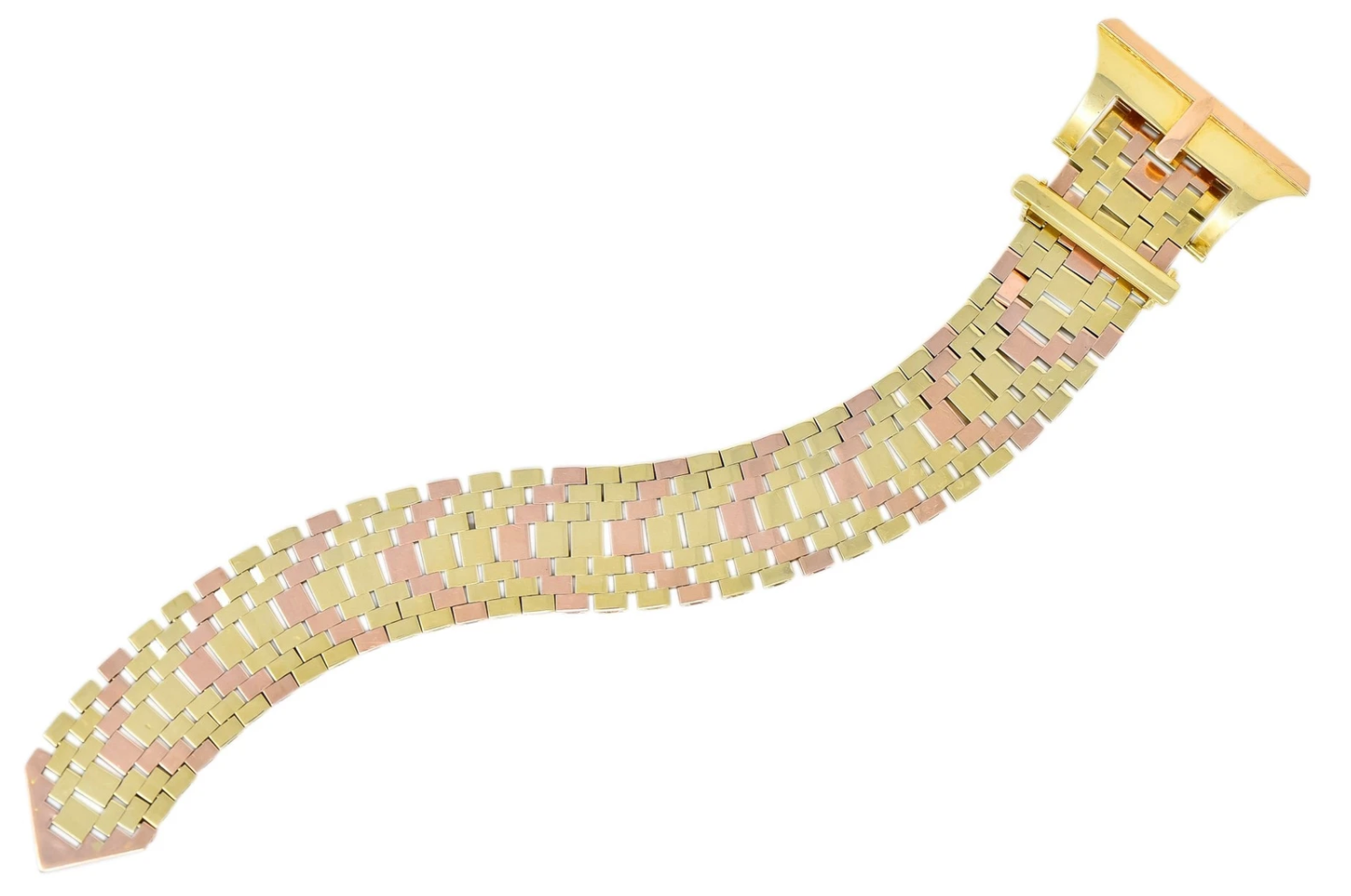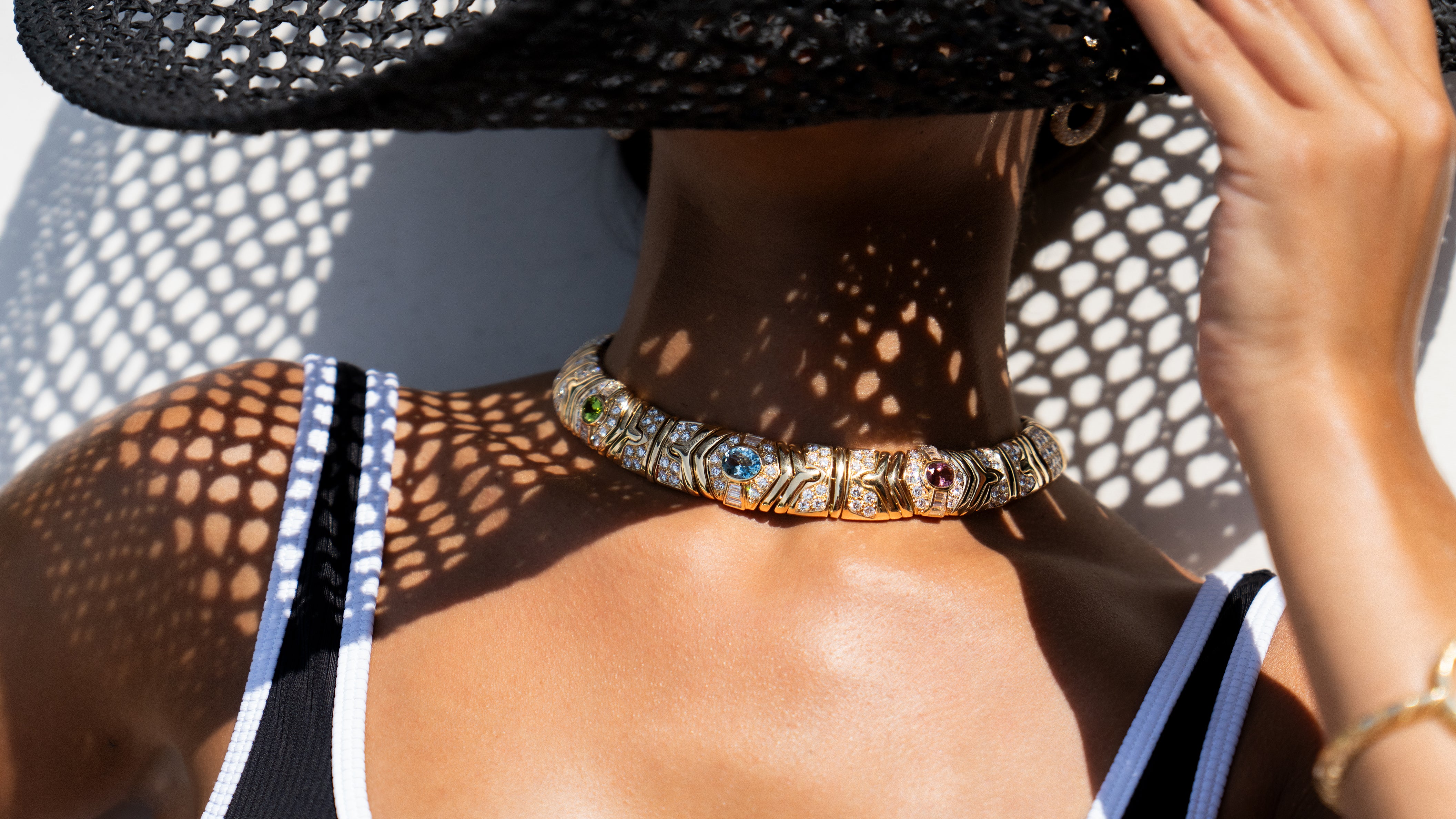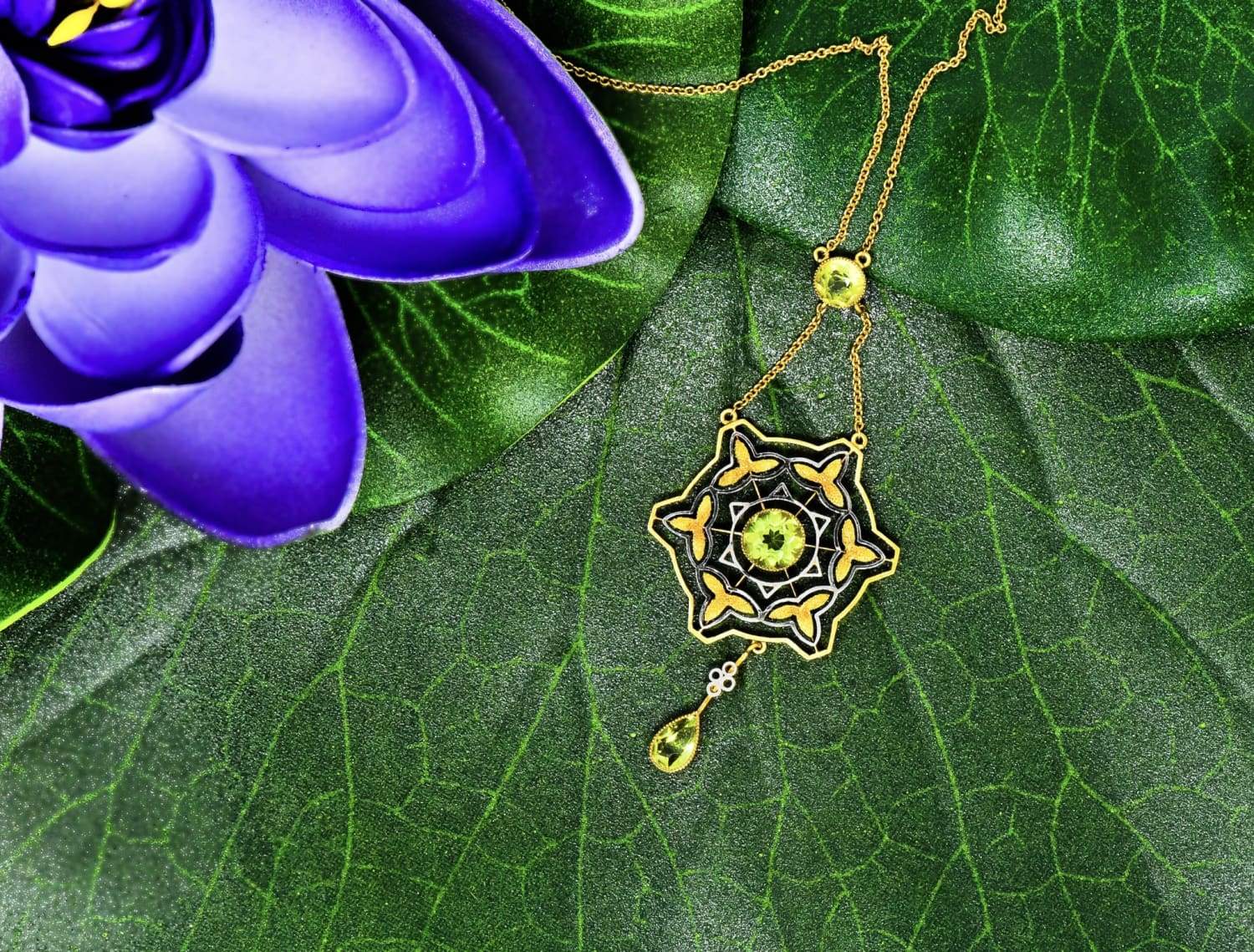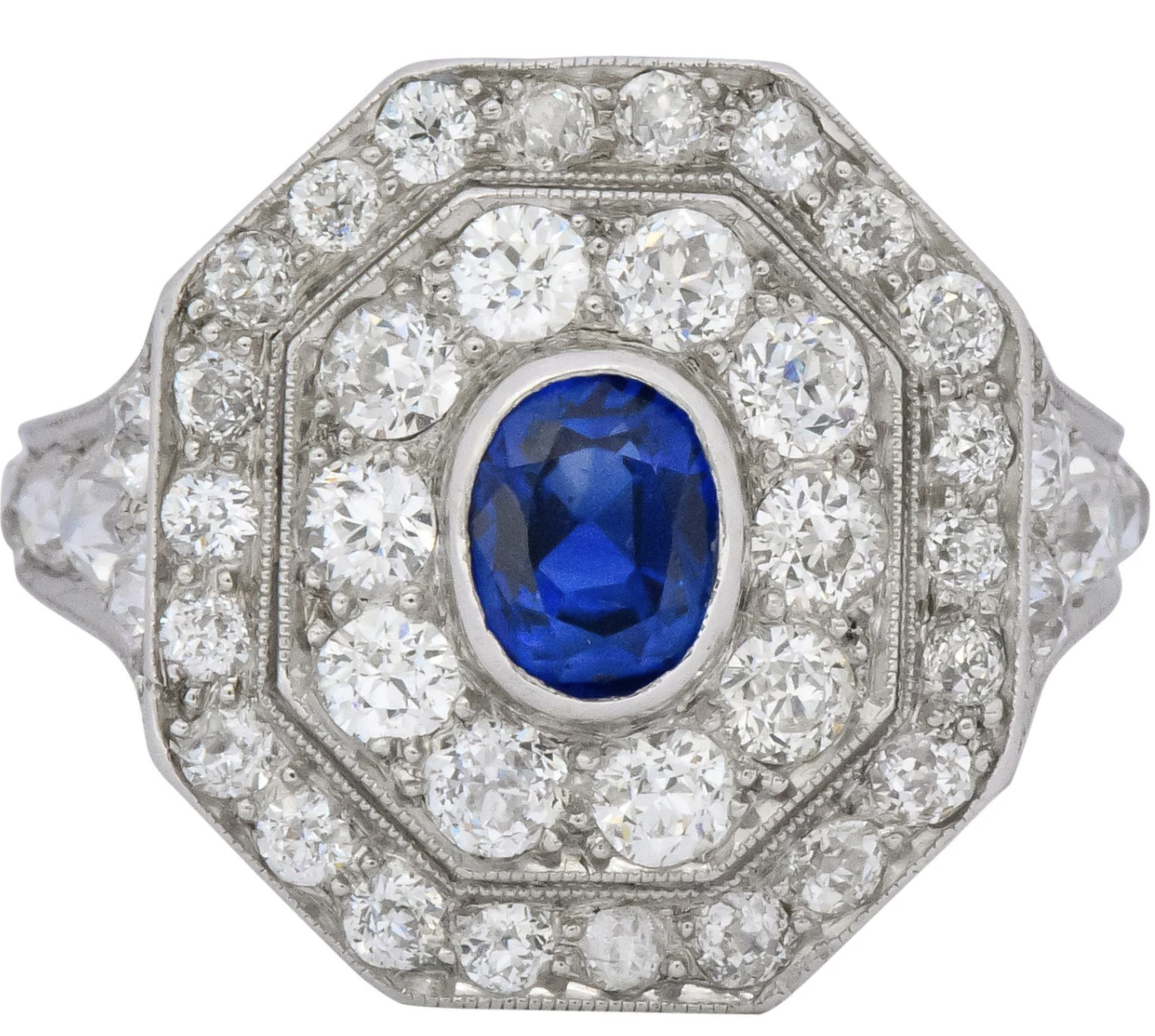
Gold Explained
Gold is one of the rarest, oldest, and most precious elements known to man with its primary uses being currency and ornamentation.
It is naturally very soft and is typically alloyed with other metals for strength which inevitably affects its color.

18 Karat, or 750, is a vibrant yellow being 75% percent pure gold.
14 Karat, or 585, is a more muted yellow at 58.5% percent pure gold.
10 Karat, or 417, is the most durable with the color being a very light yellow since it is 41.7% percent pure gold.

Gold content remains constant when alloying, it is the secondary metals that fluctuate in quantity.
Alloying with silver and nickel creates white gold.
A substantial addition of copper gives rose gold its romantic hue.
While nickel and zinc give gold an electric green tint.

Because of its composition, gold is less susceptible to decay allowing it to withstand the test of time. An alluring aged look is formed when the alloyed metals interact with air to create a desirable darkened orange patina that is often seen in our estate pieces.




Leave a comment
This site is protected by hCaptcha and the hCaptcha Privacy Policy and Terms of Service apply.